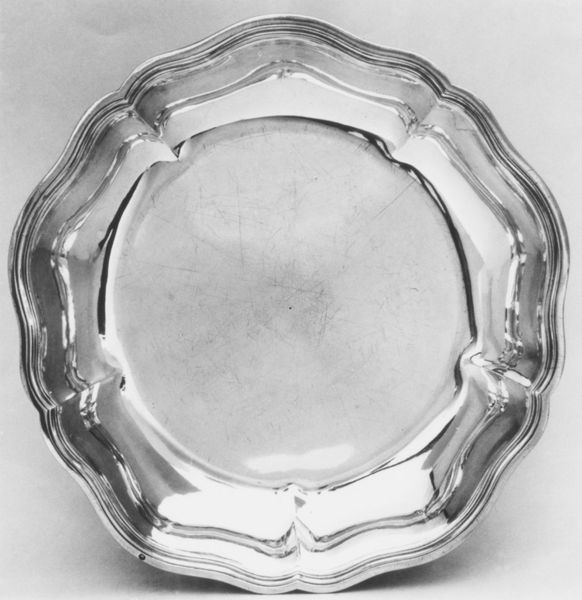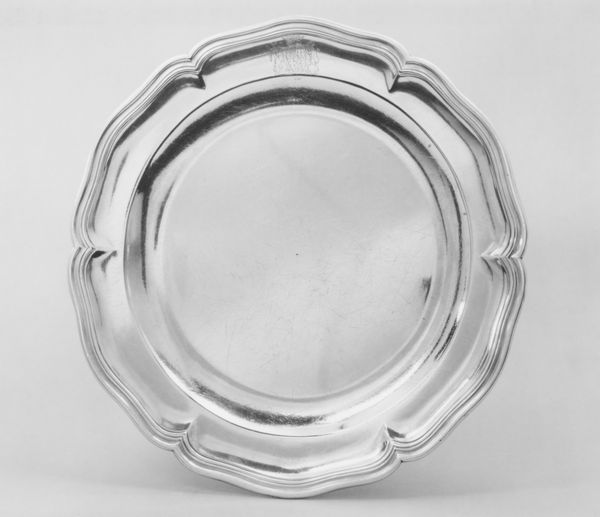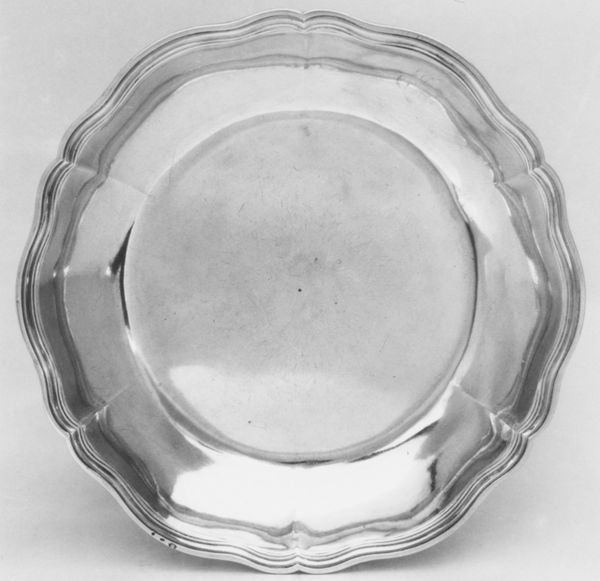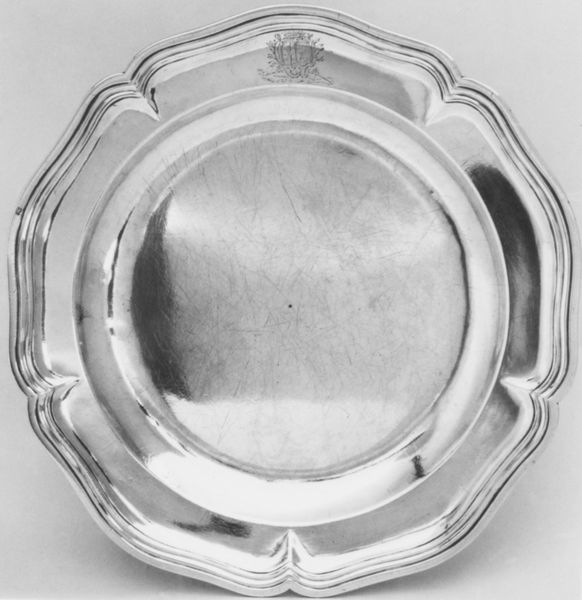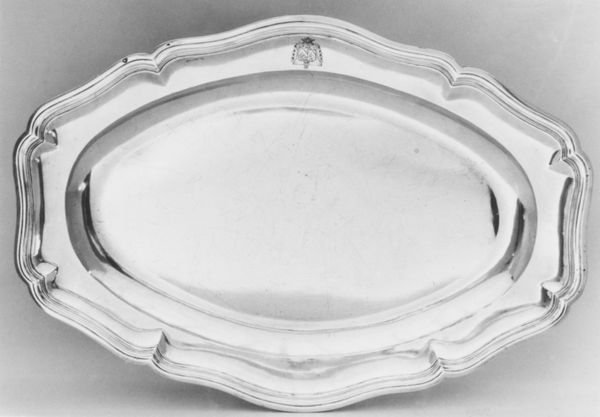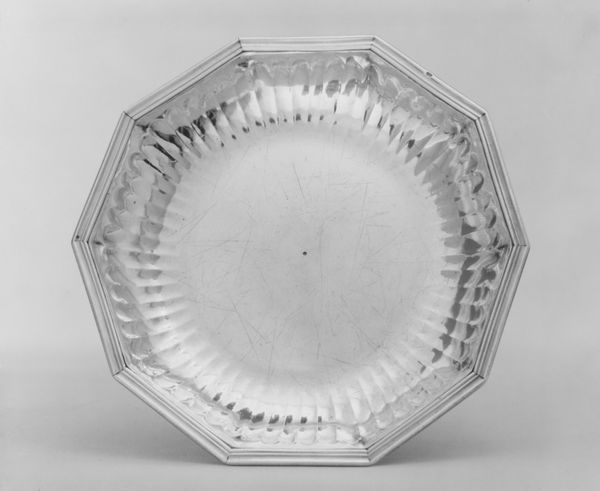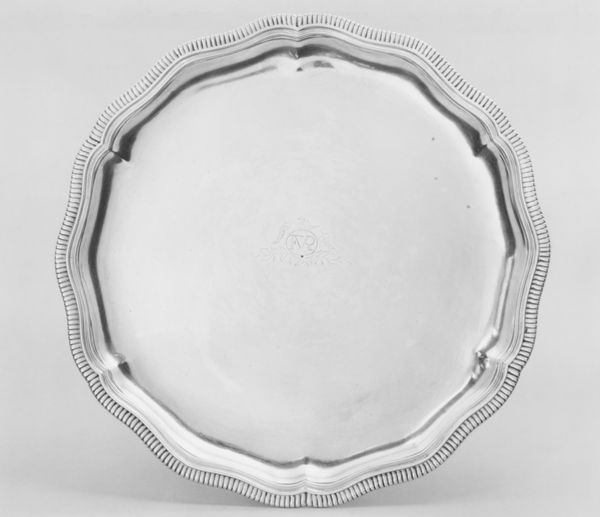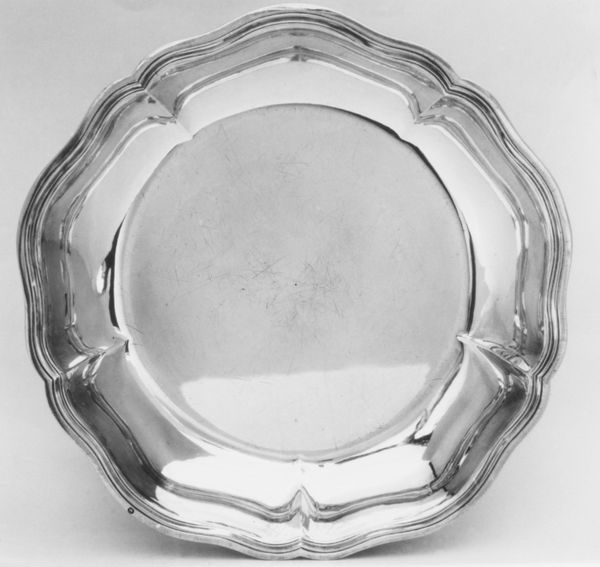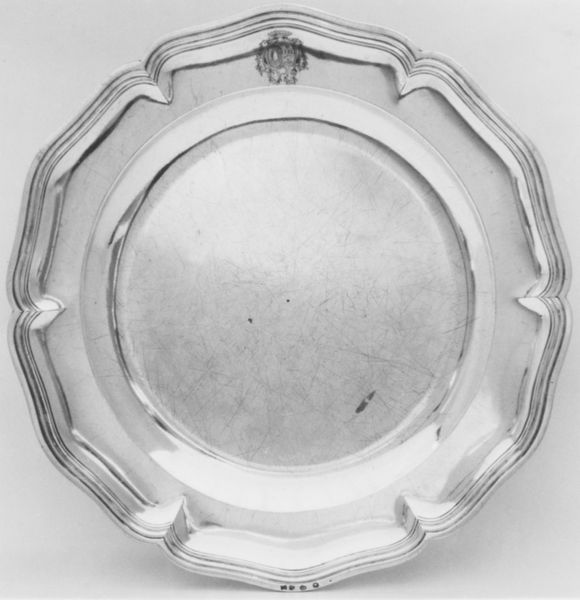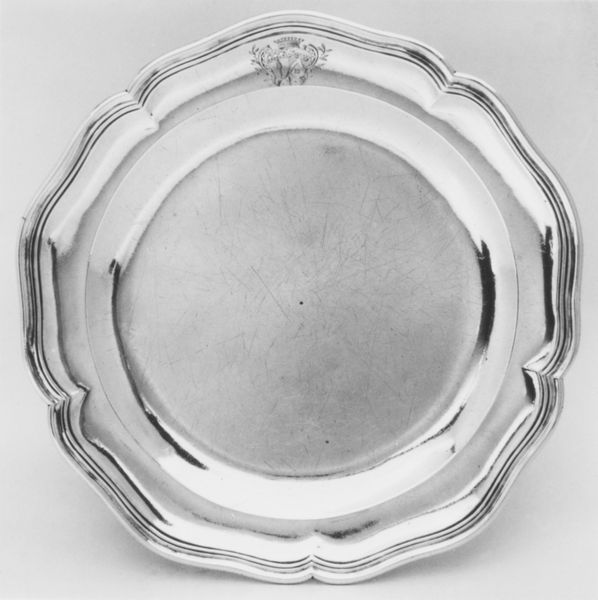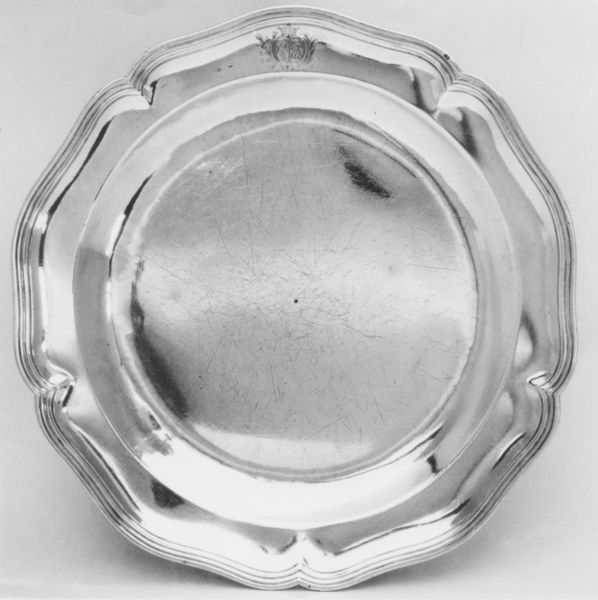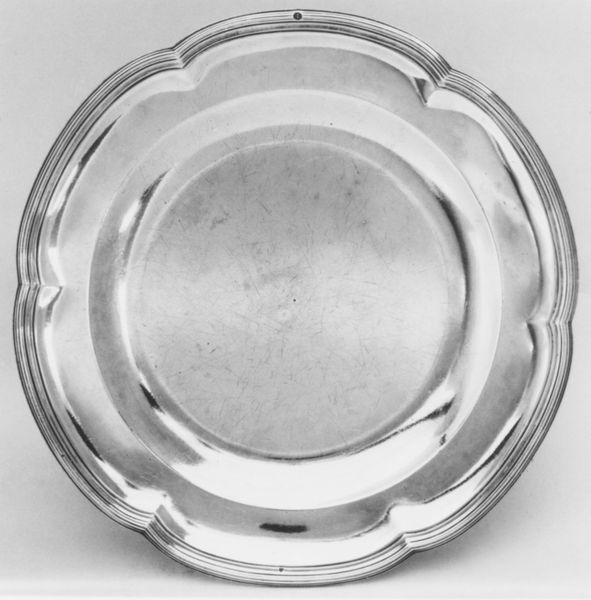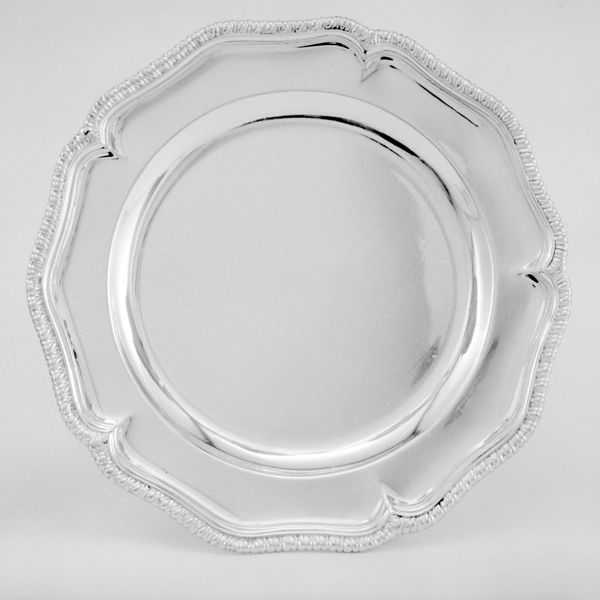
silver, metal, sculpture
#
silver
#
metal
#
sculpture
#
sculpture
#
decorative-art
#
rococo
Dimensions: Overall: 1 1/4 × 11 3/4 in. (3.2 × 29.8 cm)
Copyright: Public Domain
Editor: This gorgeous silver dish, made around 1757-1758 by Edme-Pierre Balzac, really strikes me. Its simple yet elegant design gives off such a luxurious vibe. How do you interpret the role of something like this dish in its historical context? Curator: It's more than just a functional object; it speaks volumes about the social and cultural values of the time. Consider the Rococo period: an era obsessed with ornamentation, elegance, and aristocratic indulgence. A dish like this, crafted from precious silver, would have signaled status and power. It would have been displayed prominently, reflecting the owner's refined taste and access to wealth. Editor: So, the artistry served as a kind of social performance? Curator: Exactly! The artistry underscores the socio-political significance of the object. Silverware like this played a central role in rituals surrounding dining and entertaining, solidifying social hierarchies. Even its placement in a museum today—do you think that reinforces or challenges that initial context of elite consumption? Editor: That’s fascinating. I hadn't considered how the object's journey through time and institutions changes its meaning. It’s beautiful but now also a historical artifact representative of its original purpose. Curator: Precisely. Museums re-contextualize these objects, offering opportunities for broader audiences to consider their social and cultural implications. This piece helps us think about wealth and power in the 18th century and even now. Editor: I'll never look at silverware the same way! I hadn’t realized how loaded it could be, beyond its beauty or function. Curator: These objects truly are time capsules. Examining their historical context deepens our appreciation of both the artistry and the power dynamics at play.
Comments
No comments
Be the first to comment and join the conversation on the ultimate creative platform.
